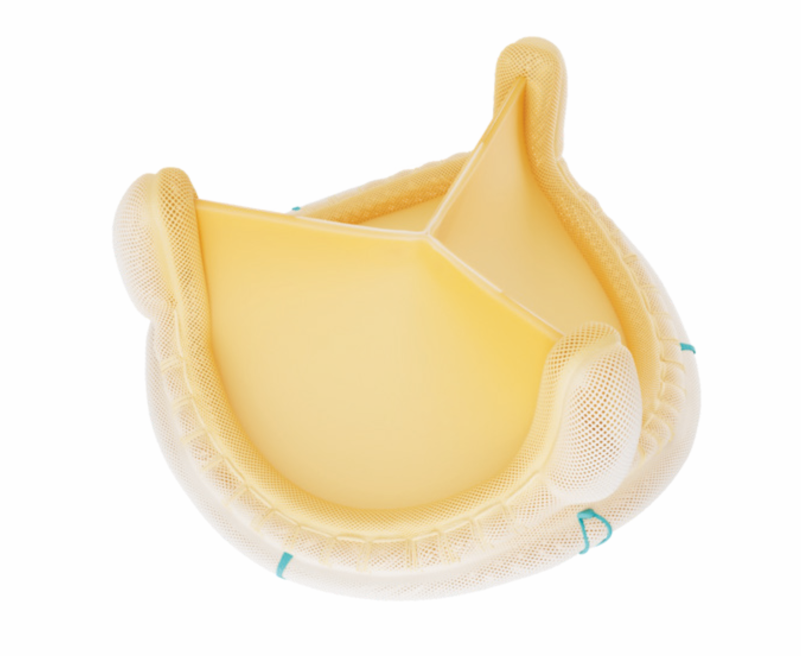WHO launches first ever global report on infection prevention and control
May 09, 2022 | Monday | News
Over 24% of patients affected by healthcare-associated sepsis and 52.3% of those patients treated in an intensive care unit die each year
image credit- shutterstock
The COVID-19 pandemic and other recent large disease outbreaks have highlighted the extent to which health care settings can contribute to the spread of infections, harming patients, health workers and visitors, if insufficient attention is paid to infection prevention and control (IPC). But a new report from the World Health Organization (WHO) shows that where good hand hygiene and other cost-effective practices are followed, 70% of those infections can be prevented.
The new WHO report provides the first-ever global situation analysis of how IPC programmes are being implemented in countries around the world, including regional and country focuses.
While highlighting the harm to patients and healthcare workers caused by healthcare-associated infections (HAIs) and antimicrobial resistance, the report also addresses the impact and cost-effectiveness of infection prevention and control programmes and the strategies and resources available to countries to improve them.
The report reveals that high-income countries are more likely to be progressing their IPC work, and are eight times more likely to have a more advanced IPC implementation status than low-income countries. Indeed, little improvement was seen between 2018 and 2021 in the implementation of IPC national programmes in low-income countries, despite increased attention being paid generally to IPC due to the COVID-19 pandemic. WHO will continue to support countries to ensure IPC programmes can be improved in every region.
WHO is calling on all countries around the globe to increase their investment in IPC programmes to ensure quality of care and patient and health workers’ safety.









